
OSHA 10-Hour Construction
$45 $89.00
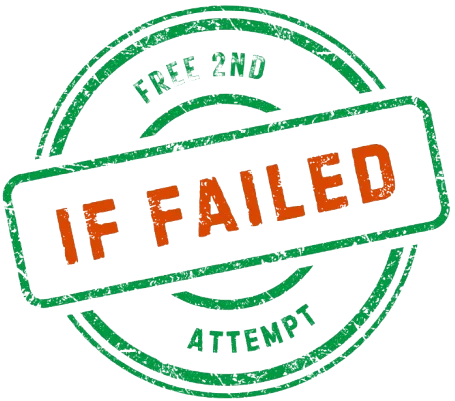
Enroll Now
OSHA 10-Hour Construction
$45
$89.00
Satisfied Customers








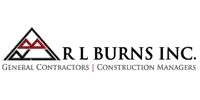
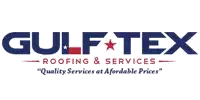
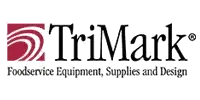
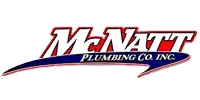
Why Workers Choose Us
Free Study Guide
Access to quality material
One Free Course
Enjoy bonus learning
No Hidden Cost
Transparent pricing only
Professional Support
24/7 customer assistance
Who Should Take The OSHA 10-Hour Outreach for Construction?
- New construction workers: If you're starting in construction or working entry-level jobs, this training is essential to keep you safe on the job.
- Employers and contractors: OSHA 10 training makes sure that your employees are well-versed in workplace safety standards.
- Professionals in construction adjacent roles: Individuals like Architects, Civil Engineers and Quantity Surveyors who work around construction sites.
What You Will Learn
In the OSHA 10-Hour Construction course, you will learn the fundamental safety practices every construction worker needs.
Course Outline

How Does The Online Program Work?
Cost of OSHA 10-Hour Construction Outreach Training Course
The cost of taking the 10 hour course can vary depending on the provider. Generally, expect to pay around $42 to $59 for online courses. It is always recommended to contact the provider to see if any discount options are available. This program can also be started through AfterPay, which will allow you to pay the course price in four equal installments. While discounts and flexible payment options are a useful feature, beware of “free” OSHA 10 offers, as they may not be accredited or recognized by OSHA.
Group Discount for Corporate Accounts

How to Enroll in OSHA Outreach Training 10-Hour Construction
1
Choose an authentic course provider.
2
Complete the registration process & pay for the course.
3
Start your training program from the first module.
4
Finish all the modules and pass the exam.
Benefits of OSHA 10 Construction Training
This course is delivered 100% online and is self-paced.
- Self-paced and mobile-friendly.
- Start anytime, from anywhere.
- Receive an official DOL OSHA 10 wallet card, valid nationwide.
What You Will Get
Upon completion of this program, you will earn nationally recognized credentials that validate your training, provide proof of completion, and award continuing education units.
OSHA 10 DOL Card
Successful trainees will earn a plastic U.S. Department of Labor (DOL) 10-Hour card within 6-8 weeks after completing their course. The card will be issued by the US Department of Labor and will be sent directly to your provided address. An OSHA DOL card will make you eligible for employment with a variety of firms and contractors.
IACET CEUs
IACET CEUs (Continuing Education Units) are a standardized measure used by accredited training providers to recognize professional development. You will earn 1.0 IACET CEUs by completing this OSHA 10-Hour course.
Certificate of Completion
The OSHA 10-Hour Certificate of Completion shows that you have successfully finished an OSHA safety training program. It is not an official OSHA certification, but rather a Certificate of Completion awarded by an OSHA-authorized training provider. It is emailed instantly after you pass the final exam and contains a QR code for easy verification.
Guide To OSHA 10-Hour Online Construction Training
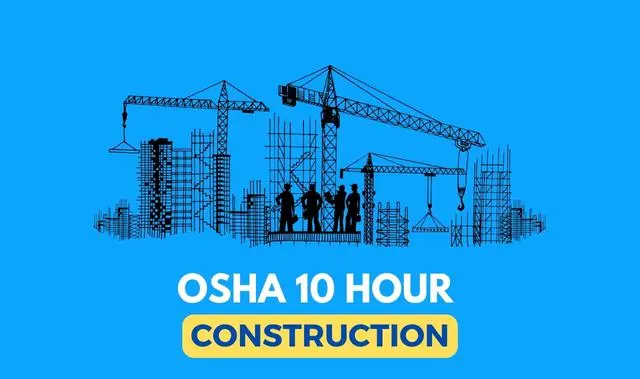
FAQs
The DOL card is valid for life on a federal level, though some states or employers may require retraining periodically.
Yes. OSHA 10-Hour Outreach for Construction is recognized nationwide. However, some states have additional local safety requirements.
While the term OSHA-approved is often misused, it should be noted that our 10-Hour construction safety training is provided in partnership with PureSafety (UL Solutions), an OSHA-authorized training provider listed on OSHA’s official website.
Yes! We offer bulk training options with discounts. Group training includes: - Manager Account for tracking progress - Bulk purchasing discounts - Real-time employee completion monitoring - Downloadable OSHA completion certificates.
Yes! If you lose the OSHA DOL card, you can contact our support team for assistance.
While there's no document named OSHA certification. However, after completing this course, you will earn a course completion certificate.
Additional Resources
About OSHAOutreachCourses.com
Established in 2015, OSHAOutreachCourses.com has helped more than a million workers earn their OSHA cards.
Join our mailing list
Get announcements, industry updates, and promotional offers.

